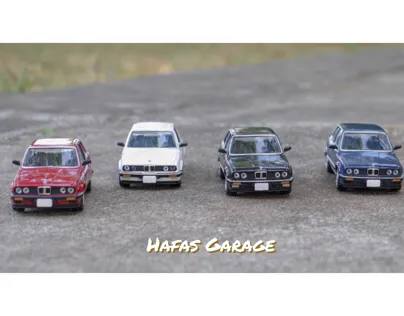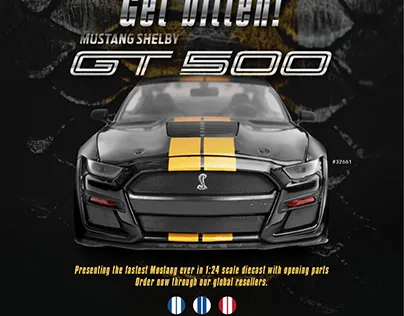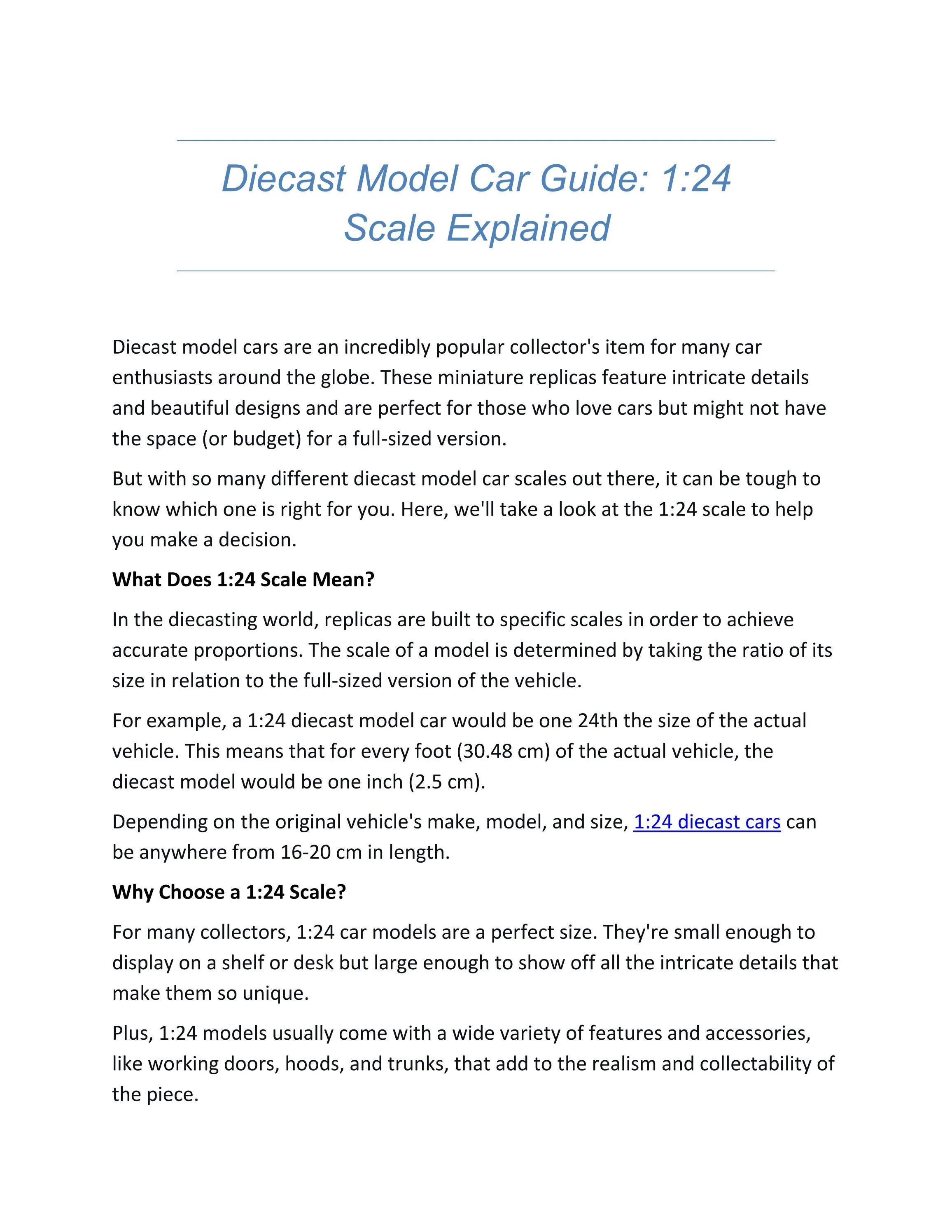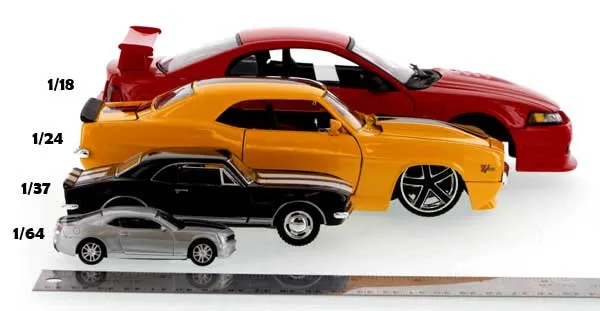Understanding Diecast Model Scales
Diecast model scales are a fundamental aspect of the hobby, influencing everything from the size and detail of a model to its collectibility and display. The scale of a diecast model represents the ratio between the model’s dimensions and the actual size of the real-life vehicle it replicates. This ratio is crucial for collectors and enthusiasts, as it dictates how the model will fit within a collection, the level of detail achievable, and the overall aesthetic. Understanding these scales is the first step in appreciating the nuances of diecast model collecting and choosing models that meet personal preferences and collecting goals. Diecast model scales are a key factor of how models are represented. The most popular scales are 1 18, 1 24 and 1 43.
What is Diecast Modeling
Diecast modeling is a captivating hobby that involves collecting and appreciating miniature replicas of vehicles, primarily made using the die-casting process. Die-casting involves injecting molten metal, usually zinc alloys, into molds to create detailed and durable models. Diecast models offer a tangible link to the real world of automobiles, aircraft, and other vehicles, allowing collectors to own miniature versions of their favorite machines. The hobby is known for its accessibility, diverse range of subjects, and the detailed craftsmanship found in many models. Diecast modeling provides a unique blend of historical interest, technical appreciation, and aesthetic enjoyment. Collectors value the intricate details, accurate proportions, and the emotional connection to the original vehicles these models represent.
Common Diecast Model Scales

Several scales are widely used in diecast model manufacturing, each offering a different balance of size, detail, and cost. The most popular scales include 1 18, 1 24, and 1 43. 1 18 scale models are often chosen for their impressive size and high level of detail, making them ideal for showcasing individual models. 1 24 scale models provide a good balance between size and affordability, offering a wide variety of models and detailed features. 1 43 scale is popular for its compactness, allowing collectors to amass large collections without requiring excessive space. Other scales, such as 1 64 and 1 12, also exist, serving specific niches and preferences within the diecast model community. Choosing a scale often depends on personal taste, available display space, and the type of vehicles one wishes to collect.
1 18 Scale Diecast Models
1 18 scale diecast models are among the most popular for their impressive size and high level of detail. This scale offers a substantial presence, allowing for intricate features such as opening doors, detailed engines, and realistic interiors. The larger size makes 1 18 scale models a great option for collectors wanting to showcase individual vehicles prominently. Collectors often favor 1 18 scale for its visual impact and the opportunity to appreciate the craftsmanship involved. This scale typically provides a superior level of detail in areas like paint finish, badging, and interior appointments. Because of their size and detail, 1 18 scale models can be a great choice for those who value realism and want a striking display piece.
1 24 Scale Diecast Models
1 24 scale diecast models strike a balance between size and affordability, making them a popular choice for many collectors. This scale offers a good level of detail while remaining manageable in terms of display space and cost. The variety of available models in 1 24 scale is extensive, covering a broad range of vehicle types and manufacturers. 1 24 scale models are known for their detailed features, including opening doors, detailed interiors, and realistic paint finishes. They are an excellent option for both new collectors and those with established collections, offering versatility and visual appeal. The size and affordability of 1 24 scale models make them suitable for creating detailed dioramas and displaying a diverse range of vehicles.
1 43 Scale Diecast Models

1 43 scale is a widely used scale in diecast model collecting, favored for its compactness and the ability to amass extensive collections without requiring extensive space. This scale is particularly popular among collectors of classic cars, racing cars, and emergency vehicles. 1 43 scale models provide a good level of detail, though typically less than in larger scales like 1 18. Collectors appreciate the variety and historical significance of available models. The smaller size of 1 43 models allows for easy display and storage, making them an excellent choice for those who want to build a comprehensive collection of different vehicles. This scale allows collectors to build a substantial collection within a manageable space.
Other Popular Diecast Model Scales
In addition to the most common scales, other sizes cater to different preferences and collecting goals. 1 64 scale is popular for its affordability and compact size, often used for Hot Wheels and Matchbox cars. 1 12 scale offers a larger size, often used for high-end models with exceptional detail. Other less common scales exist, catering to specific niches or types of vehicles. These include scales for trucks, motorcycles, and military vehicles. Choosing a scale depends on personal interest, the desired level of detail, and the available display space. Exploring different scales allows collectors to find models that best fit their collecting preferences and available storage space.
Factors Affecting Diecast Model Scale Choice
Several factors influence the choice of diecast model scale, including available display space, budget constraints, the desired level of detail, and personal collecting preferences. Collectors with limited space might prefer smaller scales like 1 43 or 1 64. Budget can also be a significant factor, as larger scales tend to be more expensive. The level of detail offered by a model is often related to its scale; larger models generally allow for more intricate features. Personal preference plays a crucial role, as collectors may focus on certain types of vehicles or eras, which could influence the scale they choose. Consideration of these factors will help determine the most suitable scale for individual collecting interests.
Scale and Detail in Diecast Models

The relationship between scale and detail is central to the diecast model collecting experience. Larger scales, such as 1 18, typically allow for a higher level of detail, with features like detailed engines, realistic interiors, and accurate paint finishes. Smaller scales, like 1 64, prioritize affordability and compactness, with detail often being somewhat simplified. The level of detail also depends on the manufacturer and the specific model. Premium models often feature intricate details regardless of scale. Understanding this relationship helps collectors choose models that meet their expectations for realism and visual appeal. The scale selected directly impacts the overall level of detail present in the finished product.
Collecting by Scale Advantages
Collecting diecast models by scale offers several advantages, including ease of organization, a cohesive aesthetic, and the ability to create impressive displays. Focusing on a particular scale helps streamline the collecting process, making it easier to find and categorize models. Collecting by scale can create a unified look across a collection, as all models share similar proportions and details. The consistency in scale allows for creative display arrangements, like themed dioramas or focused collections of specific vehicle types. Collecting by scale also simplifies the process of acquiring accessories and display cases that fit the models. The advantages of collecting by scale include the potential for a well-curated and visually appealing collection.
Scale Model Display Ideas
There are many creative ways to display diecast models, depending on scale and collection size. Display cases offer protection and a polished presentation. Shelves and display cabinets are popular choices, providing easy access and visibility. Thematic displays, such as showcasing vehicles from a specific era or manufacturer, can add interest and tell a story. Dioramas, recreating scenes or settings, can provide a dynamic and engaging visual experience. Proper lighting can enhance the detail and beauty of the models. When planning a display, consider the scale of your models, the available space, and your personal aesthetic preferences. Creativity and careful planning can transform a diecast model collection into an impressive and engaging display.
